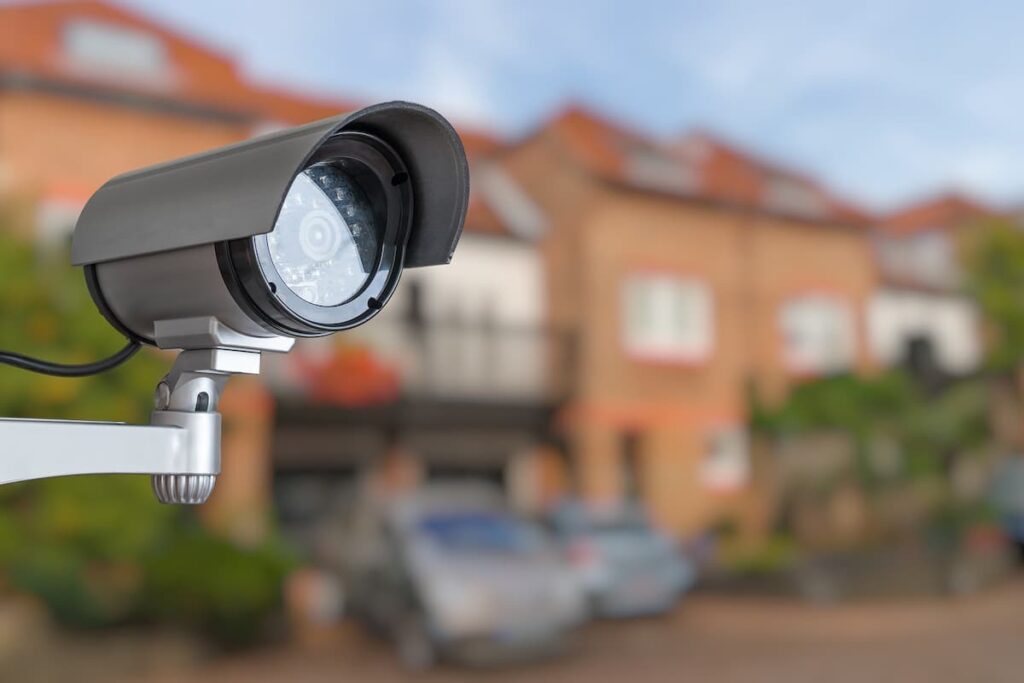11 Public Safety Solutions for Smart Cities Using IoT
Table of contents

If you watch the news regularly, you might think the world is a dangerous place, especially if you subscribe to one of the many online news aggregators that feed your paranoid echo chamber with personalized news feeds. In reality, both violent and property crimes have dropped significantly over the last 25 years. Public perception is perhaps finally catching up with the facts: The National League of Cities reported that public safety is the No. 5 concern among municipalities, dropping out of the top-three issues since the survey began. Technology is almost certainly playing a role, as companies like ShotSpotter (SSTI) have deployed an AI-powered audio detection network that pinpoints gunshots within seconds, giving police an edge in fighting crime in more than 100 cities.

Public safety, of course, isn’t just about playing cops and robbers. Smart cities of today are constantly looking for ways to make their operations more efficient while also providing services and infrastructure that helps people live safely in their homes, neighborhoods, and public spaces. The bright minds at CB Insights put together one of their hallmark market maps on the different ways cities are becoming smarter using sensors, big data, and artificial intelligence, as part of the Internet of Things revolution.


Update 01/08/2020: Evolv Technology has raised $30 million in Series C funding to expand sales, marketing, customer support, channel programs, and product development. This brings the company’s total funding to $83.8 million to date.
That leaves us 10 companies to dive into.
The Ticket to Facial Recognition

AI Video Surveillance for Public Safety
Back to more dystopian uses of computer vision for public safety. Bengaluru-based Cognitifai uses computer vision to analyze video content for a number of uses cases, at least that’s what we finally figured out after going through their malfunctioning website. It calls its AI platform for smart cities Policy Driven AI (though the white paper refers to Policy Drivel AI, which might be a Freudian slip). Cognitifai claims it has developed more than 120 video intelligence algorithms that can do things like recognize traffic violations such as speeding and noncompliance with helmet laws:

In other uses cases for public safety, Policy Driven AI can help smart cities monitor danger zones or restricted areas, detecting when a person, for example, jumps over a barrier or a fence.
Biometrics for Access Control
A South Korean company called Suprema has offered various biometric solutions for access control and public safety for nearly 20 years. Of course, it has to keep up with the upstarts and recently introduced its latest facial recognition technology called FaceLite, which is capable of doing 30,000 matches per second and accommodates up to 30,000 users, which seems to imply it works in about one second. Its most recent intelligent door controller, CoreStation, handles up to 500,000 users with fingerprint matching speed of up to 400,000 matches per second at up to 132 access locations.
GPS That Works Anywhere
We recently wrote about the emergence of LiFi, a wireless communication technology that uses light. One of the other applications of the technology is for indoor positioning where GPS often doesn’t work, though the use cases have been limited to retail operations by using LED lights that send a unique code to a customer’s mobile device, accurately pinpointing the user’s specific location on a map of the store.
Meanwhile, Silicon Valley-based NextNav, founded in 2008, has raised more than $158 million for an indoor positioning system that uses old-fashioned radio waves but in a part of the electromagnetic spectrum dedicated to location services. It has attracted multiple investments from Goldman Sachs, among others. NextNav’s Metropolitan Beacon System (MBS) can track any enabled mobile device, such as a smartphone, in a dense urban environment, down to the floor and room in a high-rise building, with an accuracy of 94%:

The capability is supported by a network of transmitters that covers an entire city, which can use the technology for various public safety applications, such as tracking first responders in a building. Another use case is urban air mobility where NASA is testing the MBS for urban drone operations.
Update 01/15/2020: NextNav has raised $120 million in equity and debt funding to expand its network to the 50 biggest markets in the U.S., in part to take advantage of the new FCC requirement. This brings the company’s total funding to $278.4 million to date.
A Drone Command Center

Another Smart Camera System


Everything, of course, can be controlled from the comfort of your smartphone.
App for Public Safety

Public Safety Abroad

Public Safety Through Education

Safety for Seniors
AltumView Systems out of British Columbia, Canada is addressing the needs of another segment of the population – the elderly. The company claims to use sophisticated AI algorithms to automatically monitor unusual behaviors and alert caregivers when an incident occurs using a camera it calls Cypress. For example, the platform is capable of analyzing a person’s gait and alerting caregivers if he or she is at risk of falling.

AltumView is part of a growing agetech sector focused on using robotics and AI for elderly care.
Conclusion
There are a lot of moving parts to a smart city, which explains why so many IoT solutions are focused on things like transportation and parking. Keeping people connected to services that can keep them safe is certainly no less important, though based on the representative sample above (where are the robotic security guards?), there is still plenty of room for additional solutions.
Sign up to our newsletter to get more of our great research delivered straight to your inbox!
Nanalyze Weekly includes useful insights written by our team of underpaid MBAs, research on new disruptive technology stocks flying under the radar, and summaries of our recent research. Always 100% free.













